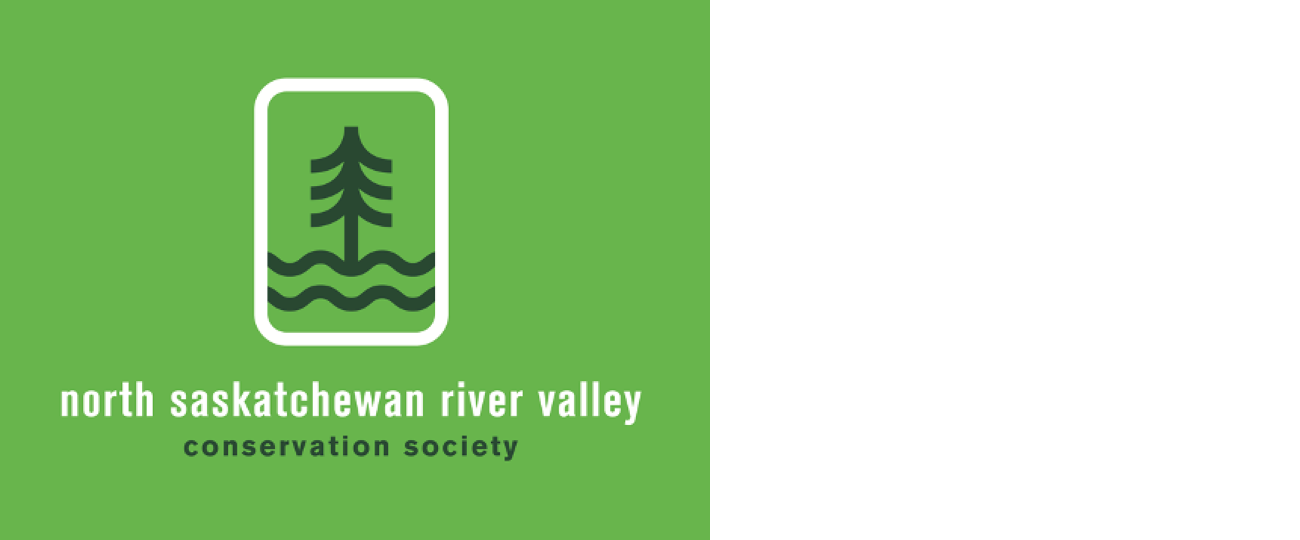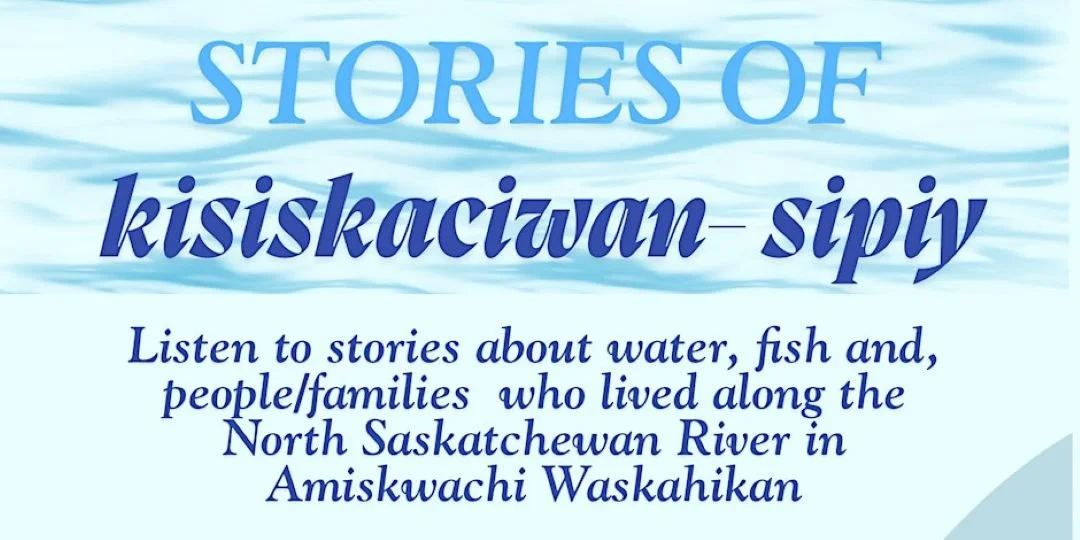Photo credit: citymuseumedmonton.ca
How Citizens Saved MacKinnon Ravine
In the mid-1950s, Groat Ravine was controversially paved, setting a precedent for in-ravine freeway development. This project involved enclosing the original creek in a culvert and creating a four-lane road, which was part of the new Groat Road system. The road, featuring a new North Saskatchewan River bridge, funnelled traffic directly toward the new Westmount Shopping Centre (the City’s first Mall), symbolizing the city's commitment to automobile-centric middle-class consumerism.
Much like Groat Ravine, before it was paved, MacKinnon Ravine was described as quite “well used” at this stage by “picnickers, horseback riders and bicycles” and particularly by children. Unfortunately for those recreational enthusiasts, there had been significant development in the Town of Jasper Place, located to the west of Edmonton, where MacKinnon Ravine intersected with the city boundary, making it an ideal route to connect Jasper Place to Edmonton. As demonstrated by Groat Road, Edmonton’s river valley and ravine system could be utilized to minimize the disruption and cost associated with the construction of freeways.
This plan sparked years of intense civic conflict as citizens rejected the priority given to car traffic over parkland and "human values." The opposition was first spearheaded by the Save Our Parks Association (SOPA) in 1965, a grassroots movement that forced a public plebiscite and was supported by key figures like Parks Superintendent Jack R. Wright, who publicly resigned after criticizing the sacrifice of parkland. This coalition successfully galvanized public opinion, leading later reform groups, such as the Urban Reform Group of Edmonton (URGE), to link ravine preservation with broader demands for government accountability and balanced transportation. These sustained, multi-layered citizen efforts eventually won out, compelling city leaders like Mayor Cec Purves to reverse the plans and culminating in the permanent cancellation of the freeway in June 1984.
To learn more about this important part of Edmonton's history, check out:
"The Affordances of MacKinnon Ravine: Fighting Freeways and Pursuing Government Reform in Edmonton, Alberta" an article by Shannon Stunden Bower
City Under Pressure - NFB a 1965 film by Theodore Conant
Photo credit: Edmonton Historical Board
"Rowand's Folly": The Big House and the Legacy of Chief Factor John Rowand
Although there are no official records, the Big House at Fort Edmonton was estimated to have been built around 1843. Built for the Chief Factor of the Hudson’s Bay Company, John Rowand, it was the largest and most luxurious house in the area. Sometimes called Rowand’s Folly because of its size and elaborateness, it was built not only for his comfort but also to be an imposing structure to visitors, including Indigenous peoples. When Paul Kane sketched and painted the fort in 1846, the massive three-storey structure was its most prominent feature, visually dominating the palisade and rising above all other buildings.
The home was built of squared timbers and measured seventy feet deep by sixty feet wide. Written accounts state that its furnishings came from England, and guests were treated to fine china and silverware, something unheard of in a trading post. It apparently contained the first glass windows west of Fort Garry in Winnipeg, another Hudson’s Bay Company post at the confluence of the Red and Assiniboine rivers. A reconstruction of Rowand's original Big House, based on archival evidence, was built in 1973 and remains a focal point at Fort Edmonton Park.
John Rowand (1787–1854) was a dominant figure in the Canadian fur trade, starting with the North West Company in 1803 before its 1821 merger with the Hudson's Bay Company (HBC). He came to Fort Edmonton in 1823, eventually becoming Chief Factor in 1839. Alongside his wife, Louise Umferville, he oversaw the fort for nearly fifty years, transforming it into the central hub of the Saskatchewan district and a crucial shipping depot for the HBC by developing a northern supply route. This pivotal role continued until his retirement in 1854, the same year he died while travelling back to Montreal.
Stories of kisiskâciwan-sîpiy
Join VIDEA on November 15th from 1 pm to 4 pm for an afternoon filled with indigenous storytelling about water, fish, and families who lived along the North Saskatchewan River in Amiskwaciy-wâskahikan. The event will be located at 12905 64 St NW. Email swhite@videa.ca if you have any questions, and head to Eventbrite for tickets.
The North Saskatchewan River, or kisiskâciwan-sîpiy—the Cree name meaning "swift-flowing river"—is more than a waterway; it is the cultural and geographic heart of our region. Flowing from the Rocky Mountain glaciers toward Hudson Bay, the river has served as a vital highway, border, and source of life for Indigenous Peoples for millennia, who knew the Edmonton area as Amiskwaciy-wâskahikan ("Beaver Hills House").
The river remains a place of deep cultural heritage, ceremony, and spirituality, and its valley system is the largest connected urban parkland in North America. Events like “Stories of kisiskâciwan-sîpiy” serve to share Indigenous histories and narratives, reminding us of the intimate knowledge and responsibility the original peoples—including the River Cree (sipiwiyiniwak) and Métis—hold for this land.
Feedback - Why Your Outdoor Cat is Still a Top Threat to Canadian Birds
Thanks for the November 30 newsletter article highlighting the very serious threat that roaming cats pose to bird populations and the updated data released by Canadian researchers. As stated, despite estimates of cat perpetrated bird deaths being lowered, this is no cause for celebration. Roaming cats continue to outnumber, by far, all other anthropogenic causes of bird deaths. This should be a concern not just for bird lovers but for everyone. Birds are an essential part of the ecosystem and as their numbers continue to decline catastrophic environmental tipping points could be triggered.
Roaming Cats and Environmental Harm
The renewed Edmonton Animal Control Bylaw fails to address the severe threat posed by roaming owned and feral cats to bird populations and the ecosystem. Despite new data, cats remain the leading anthropogenic cause of bird deaths. The current bylaw, which allows owned cats to roam on public property unsupervised, is problematic and ignores the overwhelming desire of participating Edmontonians for a "no-roaming" cat bylaw. Furthermore, the reliance on Trap, Neuter, Release (TNR) for an estimated 70,000 feral cats is questioned as it does not mitigate environmental harm and is not a universally effective solution unless strict criteria are met.
Public Health and Safety Risks Ignored
The City Council disregarded information about the public health risks associated with roaming cats, including their role as reservoirs for diseases and parasites like Toxoplasma gondii, which can spread to humans. The decision also went against the responsible pet ownership models adopted by most large Alberta municipalities, which prohibit unsupervised pets off their owner's property. The core issue is the imposition of pets on non-consenting private property owners, whose only recourse is the difficult process of trapping the animal.
Animal Welfare Concern & Call to Action
Allowing cats to roam unsupervised is a significant animal welfare issue, as it exposes them to serious dangers like vehicle strikes, predators, toxins, and diseases, resulting in dramatically shorter lifespans. This practice has even been labeled by some as animal cruelty. Concerned citizens are urged to continue raising awareness about this issue, share their thoughts with the new Edmonton City Council, and—if they are cat owners—demonstrate responsible pet ownership by keeping their cats indoors.
Caelen C.
Feedback - Why Your Outdoor Cat is Still a Top Threat to Canadian Birds
Last weekend I was at the Telus Science Centre in Calgary - there was a bat information station and it identified that cats were a major threat to Alberta bats as well. While birds are stalked by cats in daylight hours, when they are out at night they prey on bats.
Jan R.
Another great issue!
I encountered a city of Edmonton bus this week with a beautiful sweetgrass mural on the outside. After some googling, it appears this is a new initiative with Indigenous Seniors: New Edmonton bus wrapped with art inspired by Indigenous seniors | CFWE Northern Alberta.
Kristyn M.
Comment or Contributions
Please note that articles may not reflect the position of NSRVCS. River Valley News is meant to be a clearinghouse for the variety of opinions and ideas about Edmonton’s River Valley.
Email river valley photos, event information, comments, or questions to nsrivervalley@gmail.com.
Forward this link to anyone you think may want to sign up for this newsletter https://www.edmontonrivervalley.org/newsletter-signup





